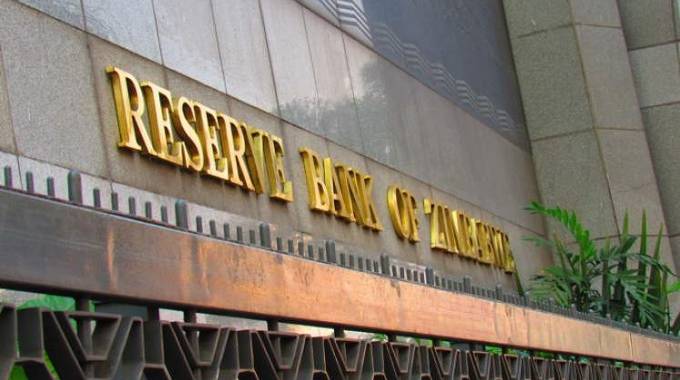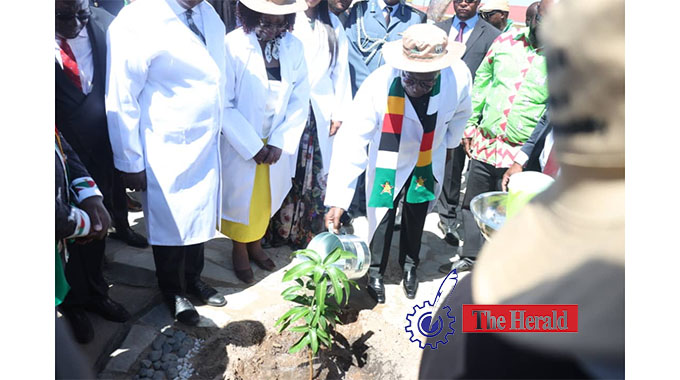Zim exports hit record high

Business Reporter
Zimbabwe recorded its highest ever foreign currency receipts in 2021, boosted by strong commodity prices and increase in international remittances, official figures show.
Foreign receipts amounted to US$9,7 billion from US$6,3 billion in 2020, according to the Reserve Bank of Zimbabwe (RBZ)’s 2022 Monetary Policy Statement released on Monday.
Exports increased by 66,6 percent to US$6,2 billion while diaspora remittances grew by 42,7 percent to US$1,4 billion.
Imports amounted to US$4,9 billion.
Prices of a wide range of commodities have climbed to their highest level in nearly a decade largely due to booming demand as the economy recovers from the pandemic.
Zimbabwe generates about 75 percent of exports from minerals such as gold, platinum and nickel.
“This performance, which dwarfs the previous record of US$7,6 billion recorded in 2013, is attributable to increased international commodity prices, increased international remittances and the gold incentives put in place by the Government,” RBZ governor Dr John Mangudya said in the 2022 Monetary Policy Statement on Monday.
Gold deliveries to Fidelity Gold Refiners jumped to 29,6 tonnes in 2021 from 19 tonnes in 2020, representing an increase of 55,51 percent.
Primary gold producers delivered a total of 11,12 tonnes compared to 9,7 tonnes in 2020. Deliveries from small-scale gold producers also increased to 18,4 tonnes from 9,3 tonnes.
Mineral exports underpinned merchandise export growth in 2021, jumping by an estimated 38,4 percent.
On the global front, safe-haven demand in the face of Covid-19-induced loose monetary and fiscal policies supported prices for gold and other precious minerals.
Supply disruptions on Platinum Group Metals (PGMs) in Russia and South Africa during the first half of 2021, largely on account of Covid-19 restrictions on the back of strong demand, helped bolster global PGM prices.
Similarly, the relative easing of Covid-19 restrictions in China and other industrialised countries shored up demand for base metals, and hence supported their prices.
For the year 2021, banks processed foreign payments amounting to US$6,99 billion.
This represents a 45,2 percent increase in foreign payments from US$4,82 billion recorded for the same period in 2020.
The upward trajectory in foreign payments was largely on account of increased foreign currency supply from the auction system and exports, consistent with the increased capacity utilisation in industry.
The manufacturing sector performance is estimated to have increased in 2021 following volume recoveries across most sub-sectors that include foodstuffs, chemical and petroleum products, drinks and beverages, tobacco and non-metallic mineral products, supported by the stable economic environment, the auction system that provided the much needed forex, declining inflation as well as localisation of value chains.
As a result, locally produced goods now constitute above 80 percent of retail sales in the country.








Comments